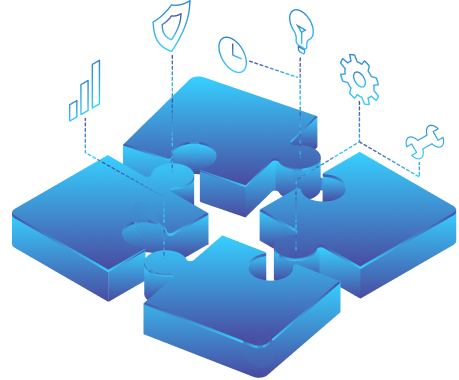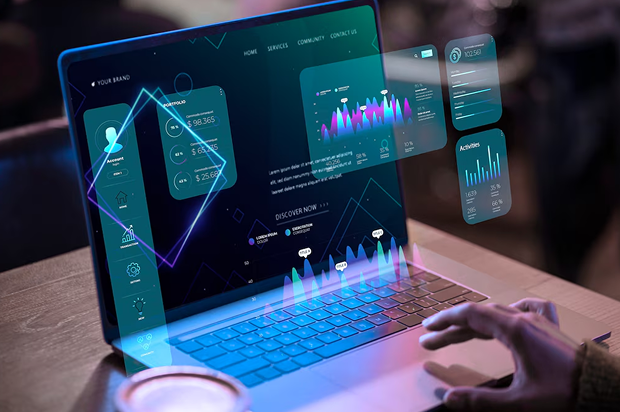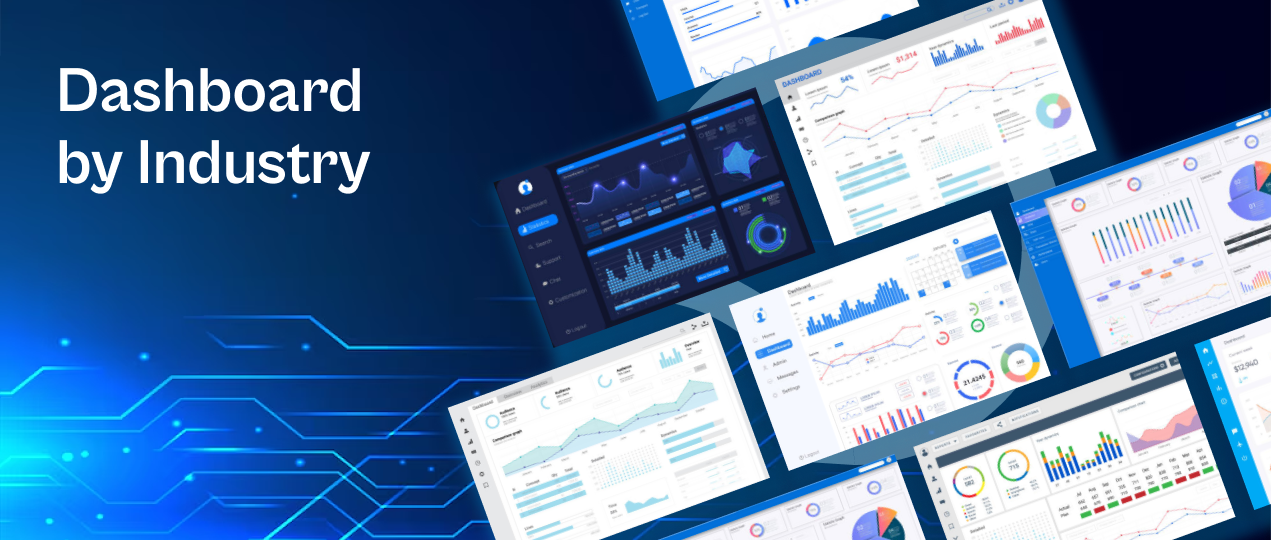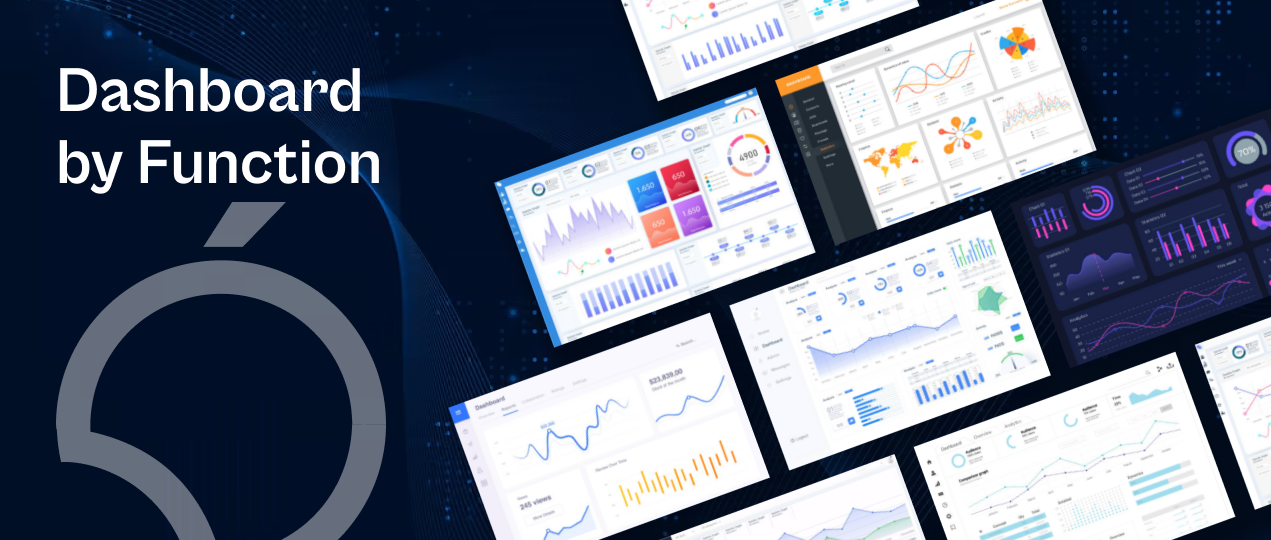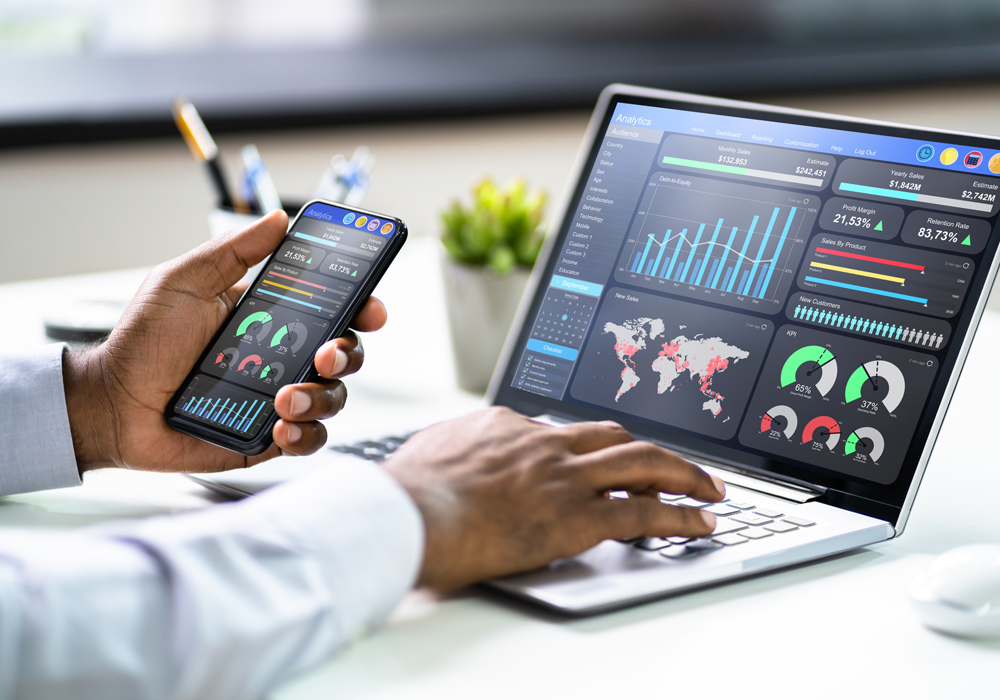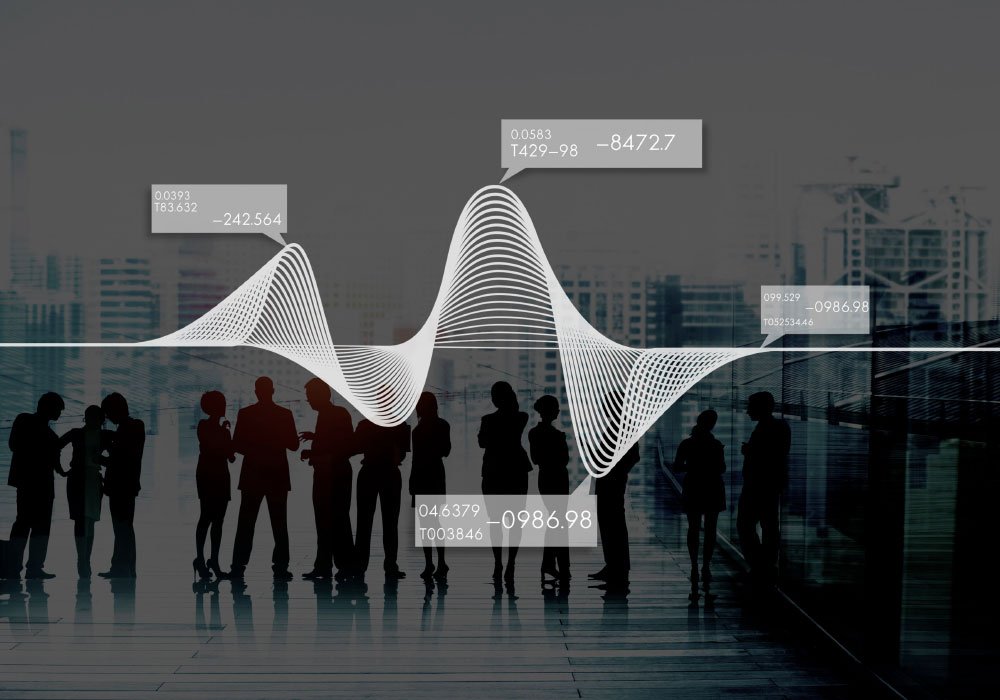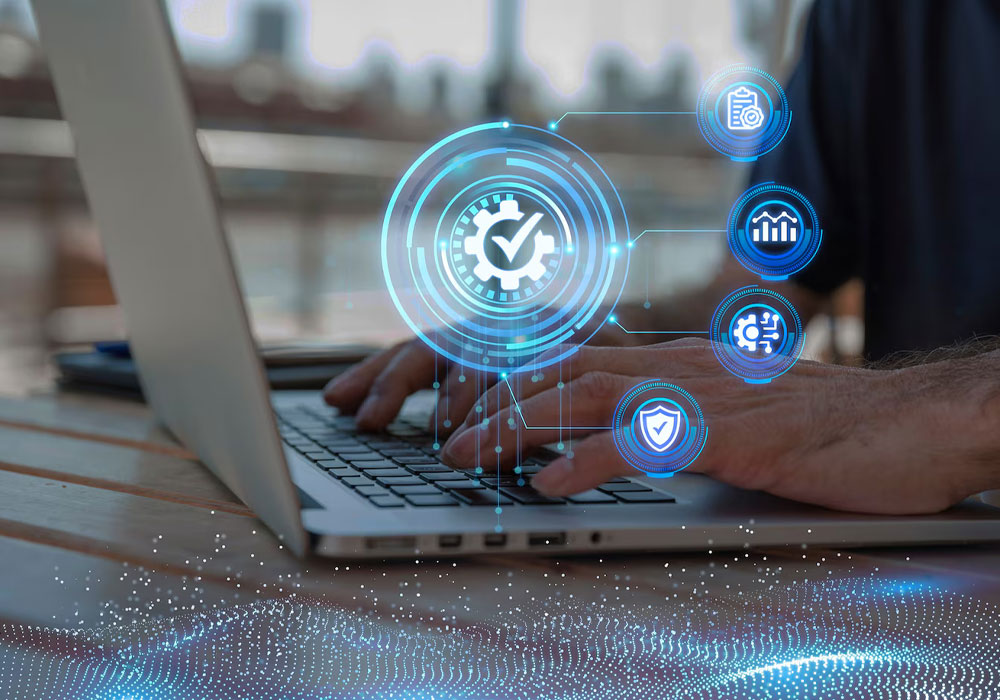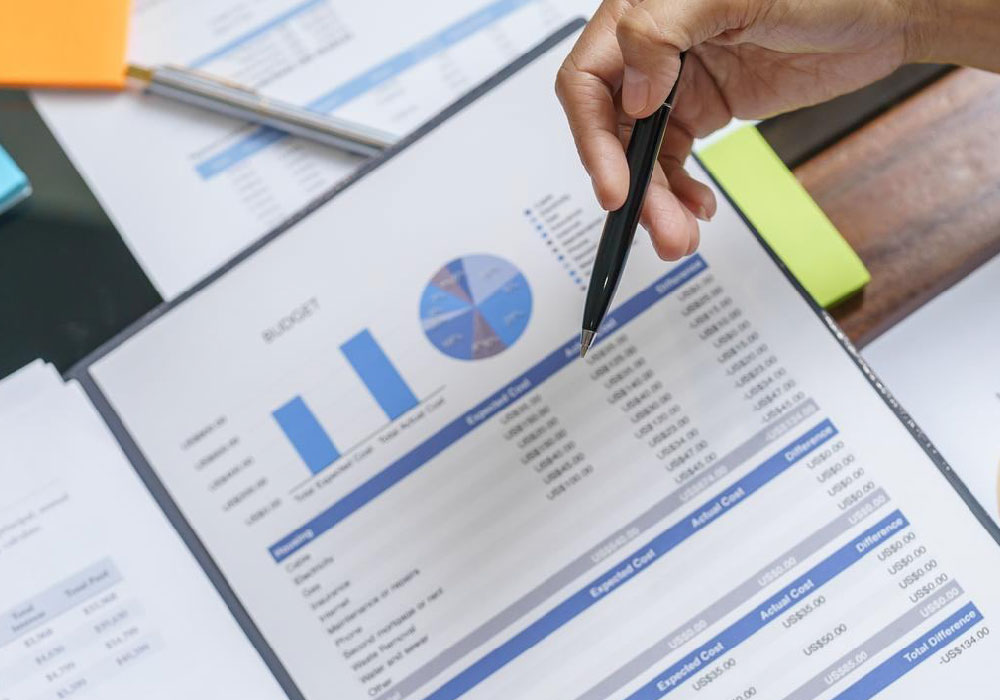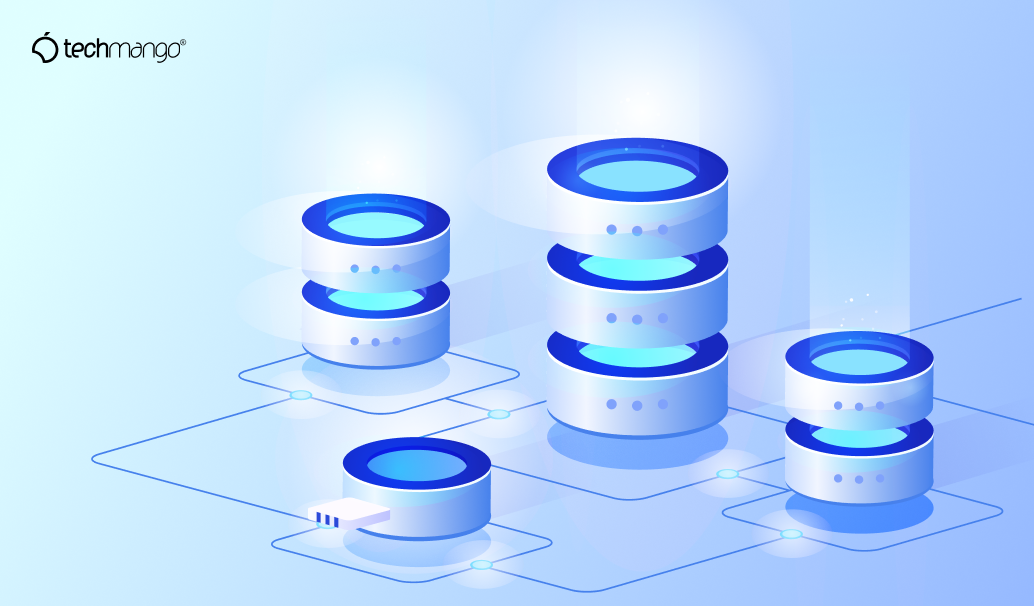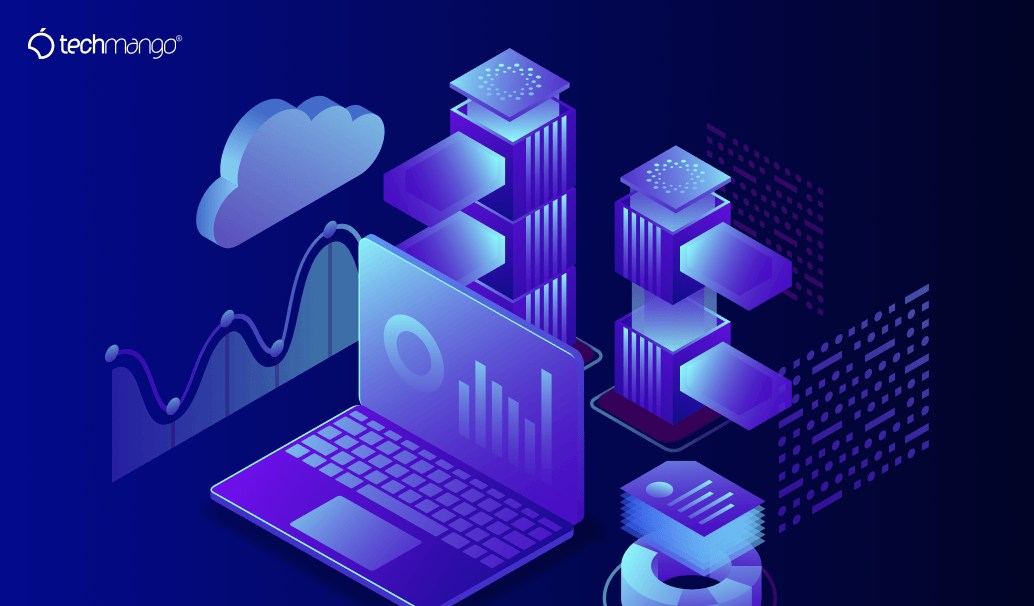
BI Consulting
For enterprises and SMEs looking to enhance data accessibility, reporting efficiency, and analytical capabilities, our BI Consulting Services provide a structured approach to maximizing data potential. We assess existing data infrastructure, reporting tools, and analytics capabilities to design a custom strategy that aligns with business objectives.
Our consulting process includes data governance planning, BI tool selection, and roadmap development, ensuring organizations build a scalable and efficient BI ecosystem. Whether implementing a new BI solution or optimizing existing workflows, our expertise helps businesses derive maximum value from their data assets.
